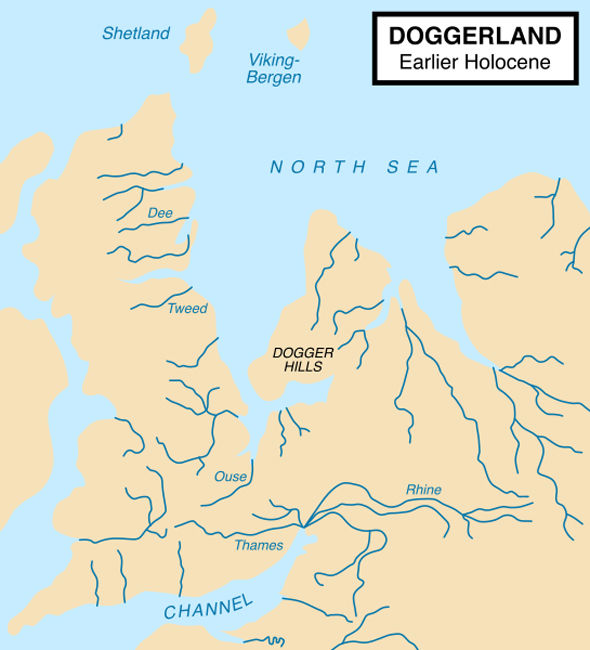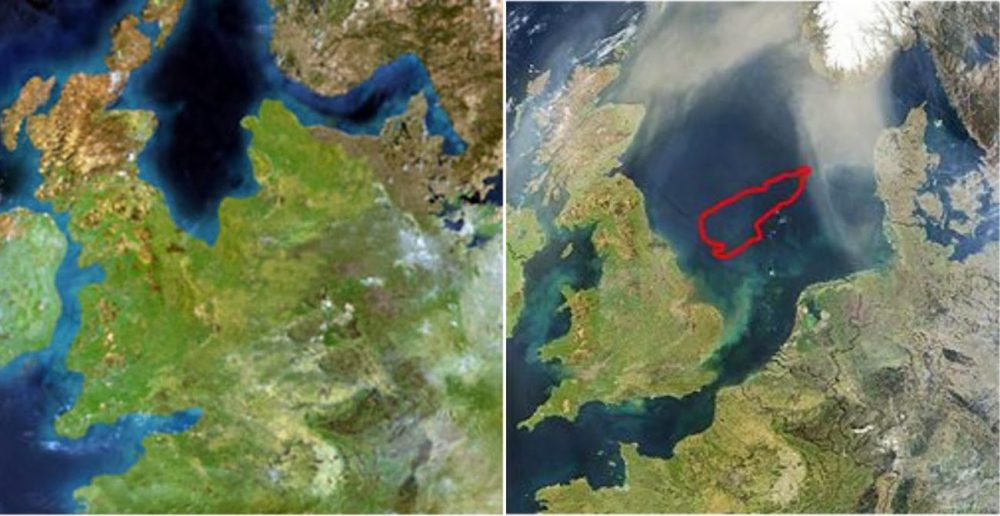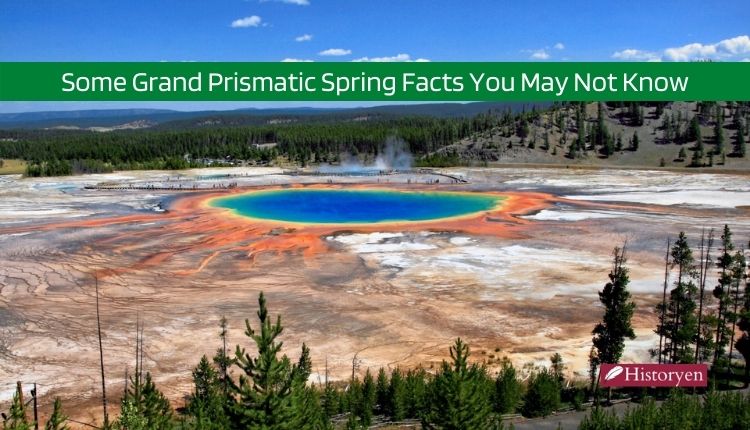Doggerland: Unraveling the Secrets of a Lost Landscape
In the depths of the North Sea lies a hidden treasure—a submerged piece of land known as Doggerland. Once a massive and thriving territory, Doggerland met its fate more than 8,000 years ago when it succumbed to the rising waters. Today, archaeologists are unraveling its mysteries, thanks to extraordinary evidence discovered in the North Sea during research for the Norfolk Boreas offshore wind farm.
Unveiling the Past: The Remarkable Seabed Cores
Archaeologists from Wessex managed to extract a unique set of seabed cores from the South of the North Sea. These cores represent the most complete and extensive collection ever recovered from Doggerland, covering an area of approximately 85 square kilometers. Through careful analysis of these cores, scientists hope to answer long-standing questions about the environments in which our ancient ancestors lived thousands of years ago.
Dr. Claire Mellett, Wessex Archaeology’s Principal Marine Geoarchaeologist, expressed her excitement about the discovery, stating, “We have been extremely fortunate to recover what we believe is a unique sequence of sediments which offer an environmental record over nearly 3,500 years.” These sediments provide a continuous record of prehistoric changes, offering insights into the landscape’s transformation before and during the flooding of the English Channel and the southern North Sea.
Unraveling Ancient Environments and Adaptation

The research not only promises to unveil the appearance of Doggerland but also sheds light on how prehistoric communities adapted to changing environmental conditions. Rising sea levels due to the end of the last ice age dramatically altered the region, impacting the relationships between humans and their surroundings.
The wealth of data collected from the cores will reveal valuable information about how the climate shifted, how the landscape transformed, and how ancient communities thrived in the face of these changes. It will provide a glimpse into a world long gone, bringing us closer to understanding the lives of our ancestors.
The Rise and Fall of Doggerland: A Mesolithic Haven
Around 18,000 years ago, mainland Britain was covered in ice during the last ice age. However, as the climate warmed up, Doggerland became an increasingly attractive environment for human settlements. The receding ice gave way to temperate grasslands, attracting large animals like mammoths and deer, which provided sustenance for the communities of the time.
As the global climate continued to warm, sea levels rose, turning Doggerland into a land of intricate waterways—rivers, inlets, archipelagos, lagoons, wetlands, and swamps. Flourishing forests and diverse flora further enriched the region, supporting an abundance of fish and birds. These resources sustained the Mesolithic communities, making Doggerland one of Europe’s most bountiful hunting and fishing areas.
A Sunken Legacy: Unanswered Questions
Despite the richness of Doggerland’s ancient civilization, much remains unknown. The sunken landscape holds countless secrets about the lives, cultures, and societies of our ancestors. As the research progresses, we anticipate more revelations about this lost world, painting a clearer picture of the past and the people who called Doggerland home.
To learn more about the ongoing discoveries and the fascinating history of Doggerland, visit the website of Wessex Archaeology.



